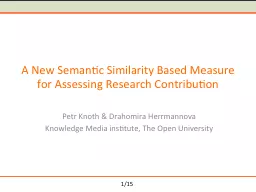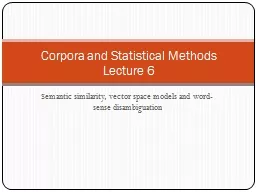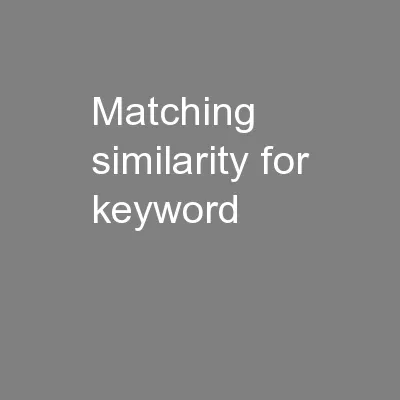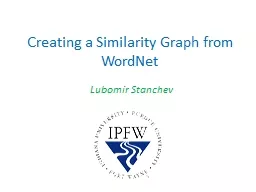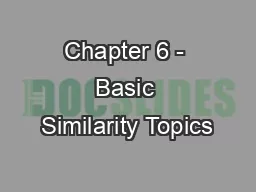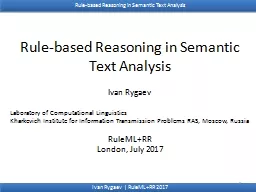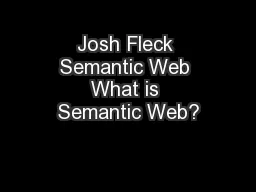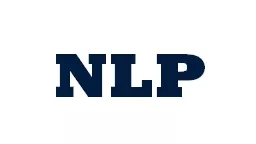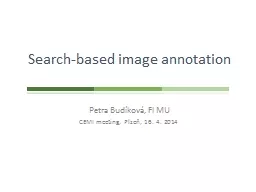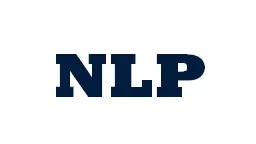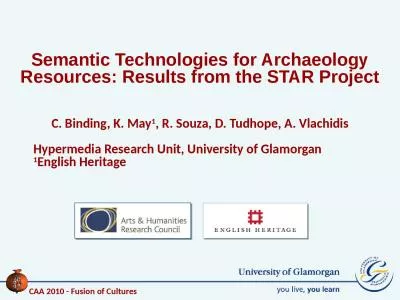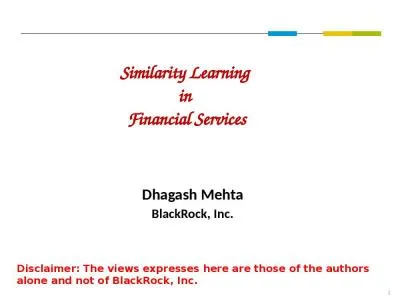PPT-A New Semantic Similarity Based Measure for Assessing Research Contribution
Author : vestibulephilips | Published Date : 2020-07-01
Petr Knoth amp Drahomira Herrmannova Knowledge Media institute The Open University Current impact metrics Pros simplicity a vailability for evaluation purposes
Presentation Embed Code
Download Presentation
Download Presentation The PPT/PDF document "A New Semantic Similarity Based Measure ..." is the property of its rightful owner. Permission is granted to download and print the materials on this website for personal, non-commercial use only, and to display it on your personal computer provided you do not modify the materials and that you retain all copyright notices contained in the materials. By downloading content from our website, you accept the terms of this agreement.
A New Semantic Similarity Based Measure for Assessing Research Contribution: Transcript
Download Rules Of Document
"A New Semantic Similarity Based Measure for Assessing Research Contribution"The content belongs to its owner. You may download and print it for personal use, without modification, and keep all copyright notices. By downloading, you agree to these terms.
Related Documents

